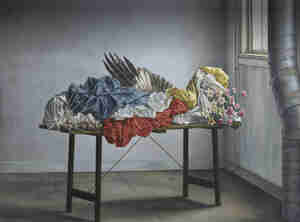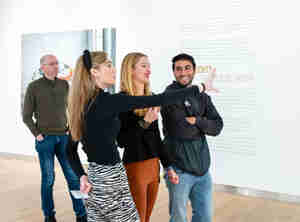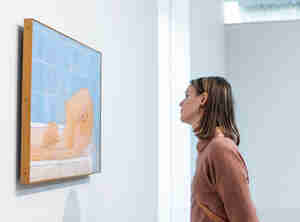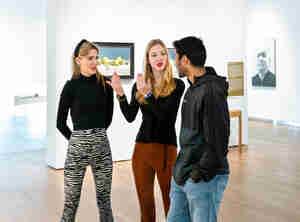- Plan your visit
- See and do
- Collection
- About us

Go back
Levi van Veluw
Natural transfer II, 2009
At an early age, Levi van Veluw (1985) took his own head as subject: this way, he could experiment to his heart’s content. The works from his early career were made on impulse, without a preconceived plan, and already feature the characteristics of all his later ‘self-portraits’: the angle and the u
...
se of everyday materials. This creates an exploration of the forms and contours of his own head by arranging colour, pattern, shape, and texture.
In the Natural Transfer series, the artist changes his face with the help of naturally occurring elements such as hair. This contrasts with the added external materials in his Landscape series, which Museum MORE also owns.
Van Veluw drapes hair over the contours of his entire head in long pasty strips. This transforms the expression of the portrait and the material itself. Hair, usually seen as the ‘jewel’ of the human head, thus becomes a strange and macabre material with a claustrophobic effect.
Text: Boris Ariaens, guide and museum host
Artist
Levi van Veluw
Title
Natural transfer II
Year
2009
Technique
Color photograph
Size
120 x 100 cm (h x w)
Type of object
Photograph
Copyright
© Levi van Veluw / Galerie Ron Mandos, Amsterdam
This work is protected by copyright. You need permission from the creator or his heir to download, edit, copy or publish it.










